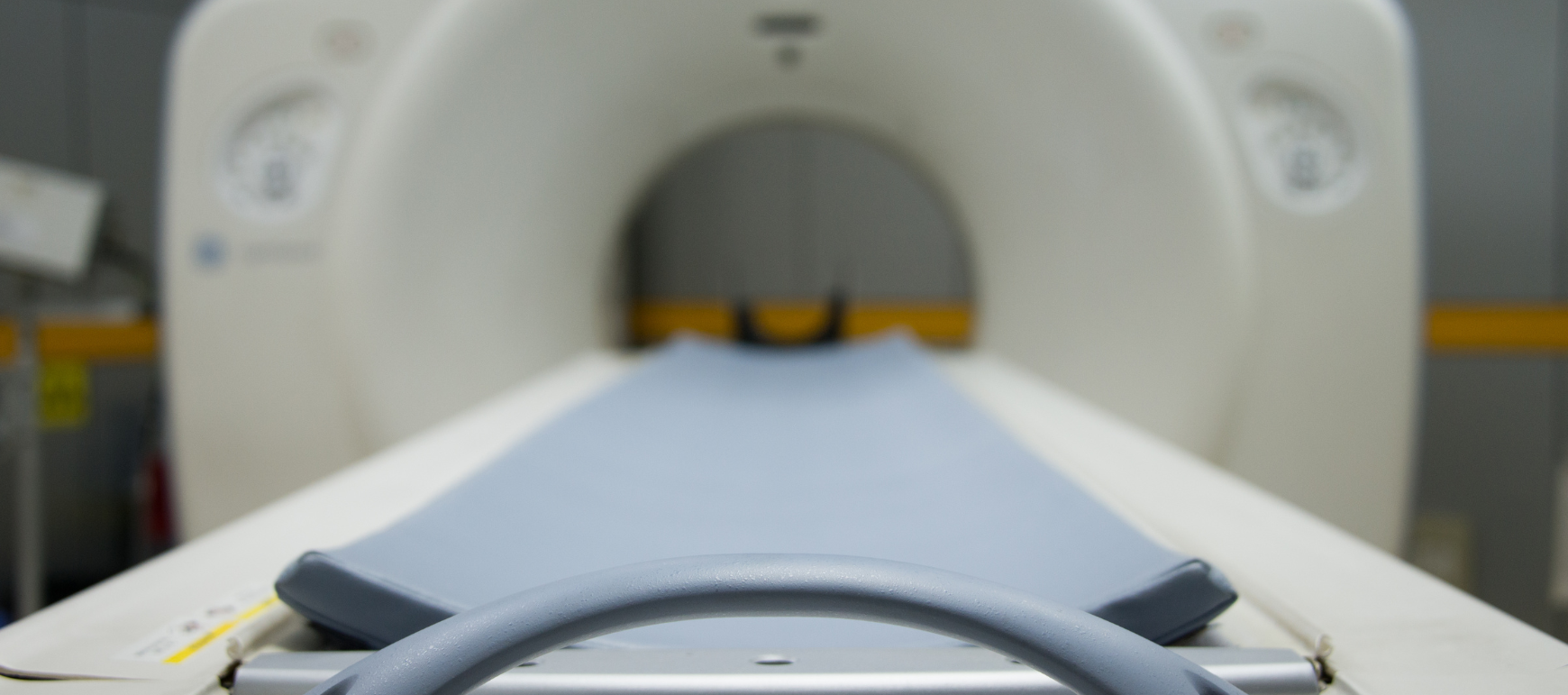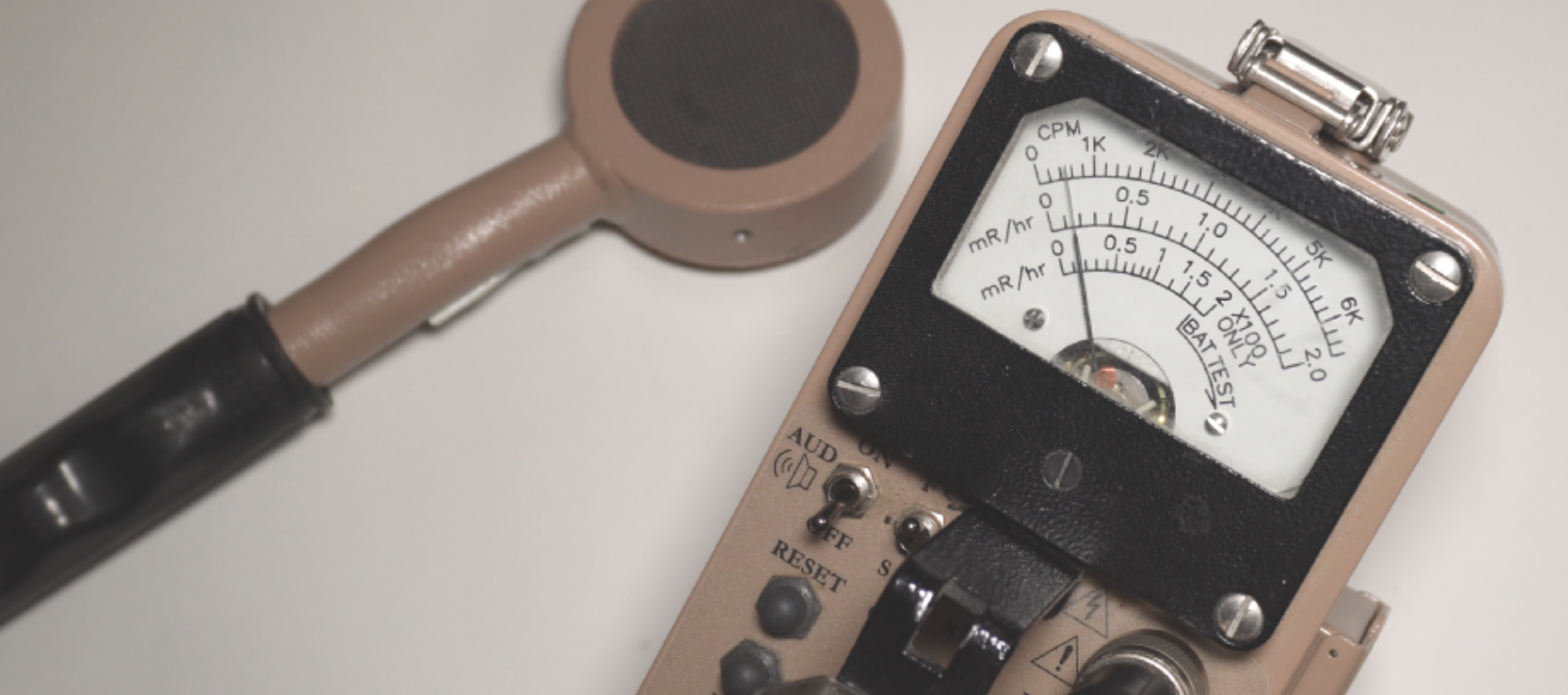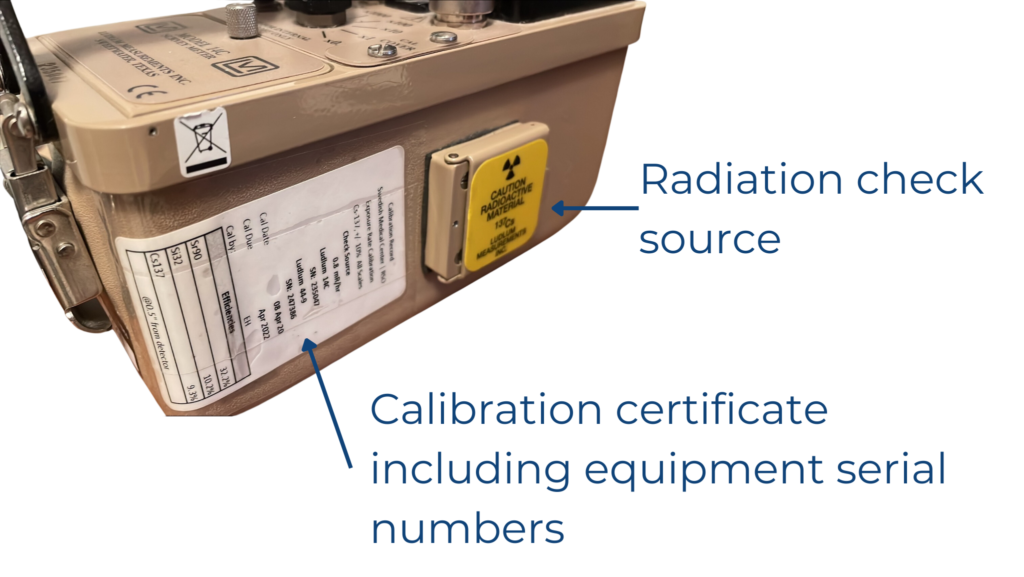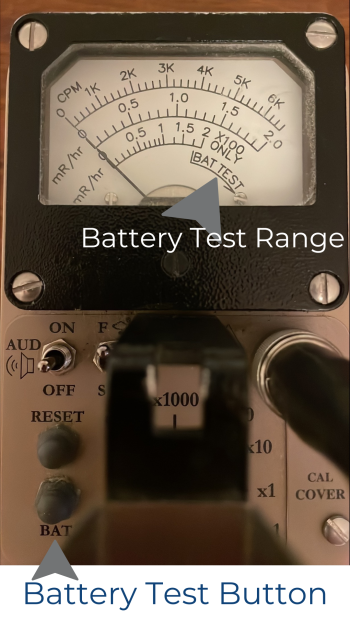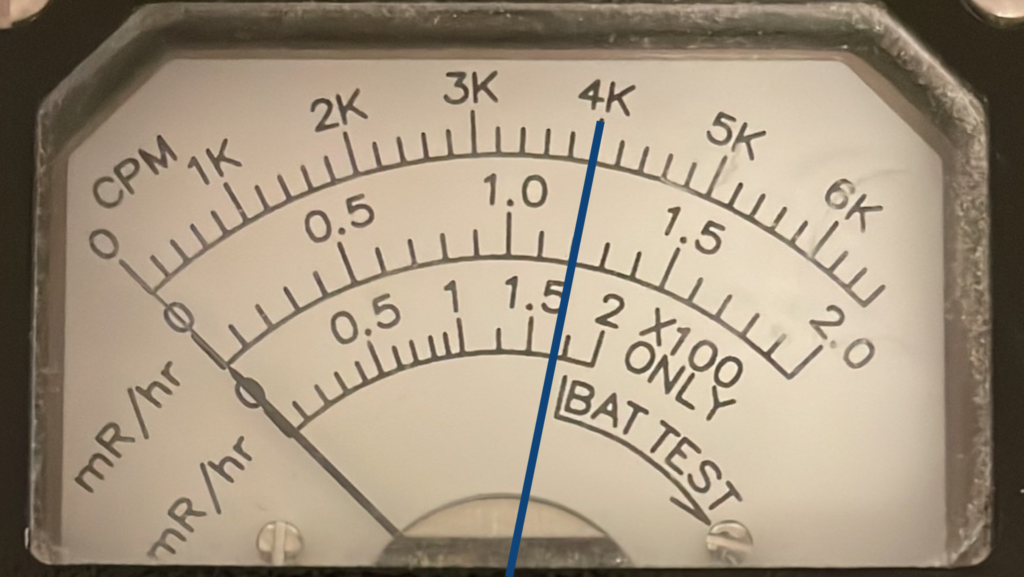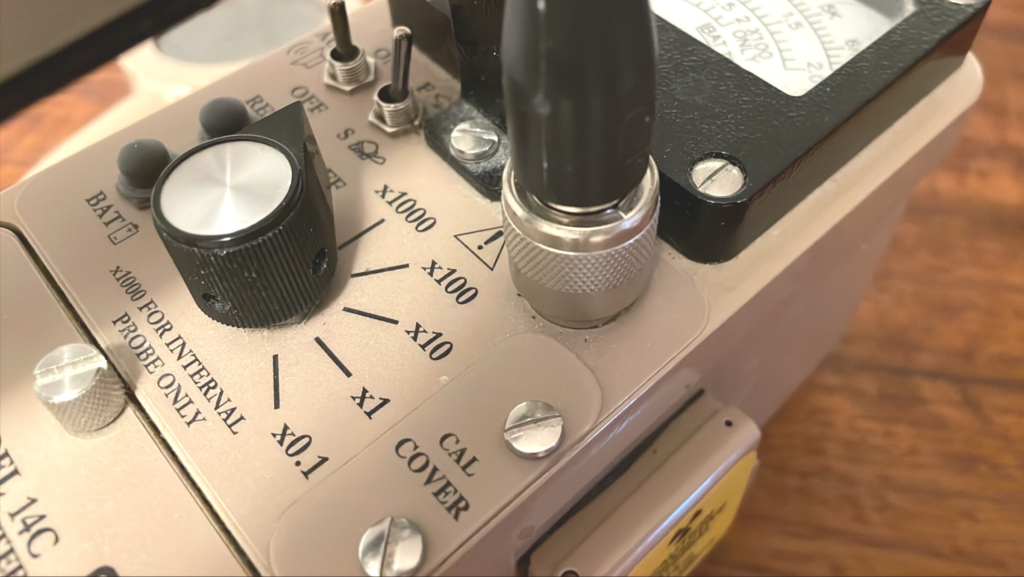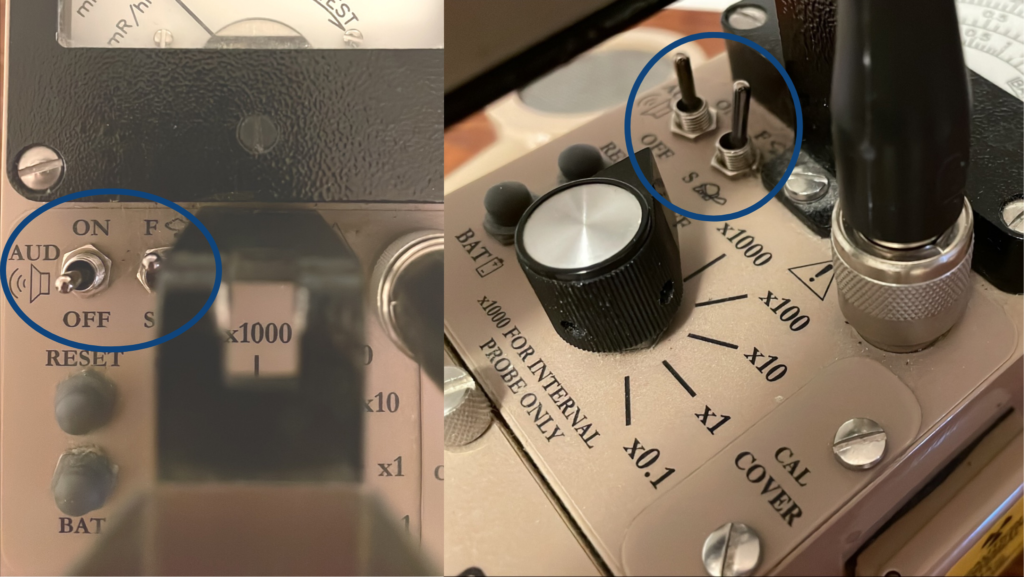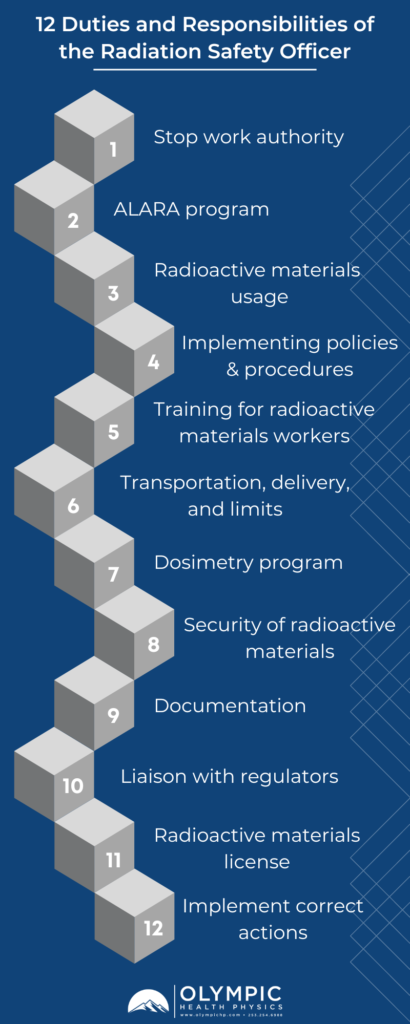How to Prevent Patient Burns During MR Imaging
In this article, we review eight ways you can use to prevent patient burns during MR imaging. Watch the full explanation below in our YouTube video provided by Eric from Olympic Health Physics.
Eight Tips For Preventing Burns on MRI Patients
Download your free copy of the FDA’s poster on MRI Burn Prevention: Tips For Keeping Patients Safe to follow along with us.
1. Screen Your Patients
The first process to implement that can prevent burns during MR imaging is to screen your patients before entering Zone 4. This includes screening for anything metallic, such as implants or medical devices. It’s a good rule to assume that anything unknown in or on your patient is not MRI safe.
2. Screen Any Objects Going Into Zone 4
In addition to screening your patients, you also want to screen anything going into the MRI scan room. All objects entering Zone 4 need to be MR Safe or MR Conditional. If any MR Conditional objects enter the scan room, match them to the MR Conditional devices with your scanner. Remember that all metals, even non-ferromagnetic metals, have the potential to cause burns during MR imaging.
3. Have Patients Change Into Hospital or Medical Gowns
Whenever possible, have your patient change out of their street clothes into a medical or hospital gown before entering Zone 4. This can prevent any metallic items, such a metallic fabrics, buttons, zippers, or embellishments, from unknowingly being exposed to MRI equipment. In addition, it prevents a patient from accidentally having metallic objects in their pockets and bringing them into Zone 4.
4. Ensure The Patient Isn’t Creating Conductive Loops
Next, you want to ensure that your patients aren’t creating any conductive loops themselves. For example, when a patient needs to be scanned with their arms over their head, you want ensure they don’t have their hands clasped. Your patient also shouldn’t cross their arms or feet. This avoids creating magnetic loops, which helps with burn prevention.
5. Use The Manufacturer Provided Padding
You want to use the manufacturer provided padding to pad the sides of the bore or in between the patient to insulate the patient. While you can use sheets and pillows, they should only be used for patient comfort. All padding and insulation should use manufacturer-supplied padding.
6. Cables Should Run In A Straight Line From The Scanner
Another way to prevent burning the patient is to run any cables to and from scanner in a straight line. Check that the cables running from the coil into the magnet are not forming loops.
7. Use The Lowest SAR In Normal Operating Mode
While operating in normal mode try to keep the lowest SAR possible. If you have an SA monitor, keep an eye on the SA level to ensure that you’re within limits.
8. Stay In Communication With Your Patient
Remain in communication with your patient at all times. Stay in visual contact when possible and using an intercom for verbal communication is essential.
Ensure the patient has the squeeze ball and give them directions on how and when it’s appropriate to use before you start the scan.
Some MRI suites don’t allow you to keep eyes on the patient the entire time based on the orientation of the control room. If that’s the case, have some other way that you can monitor the patient.
Stop the scan and investigate the possible cause if the patient does communicate with you and tell you that they feel burning or feel something heating up.
And that wraps up the eight different ways that we can try to prevent MRI burns in MRI departments.
You can find the FDA’s MRI burn prevention poster by clicking here
Don’t forget that we also provide a variety of courses, including MRI Safety for MRI Professionals.
If you have questions about MRI or MRI safety, feel free to drop us a note and we’ll be happy to take a look at your situation and see if there’s something that we can do to help you.
We perform physics testing for all makes and models of MRI scanners. For a complete description of our physics testing, check out our MRI Physics Tests. In addition to our MRI Physics Testing, we also provide MRI Safety Audits for facilities wanting a comprehensive MRI safety assessment.

